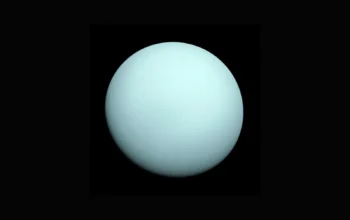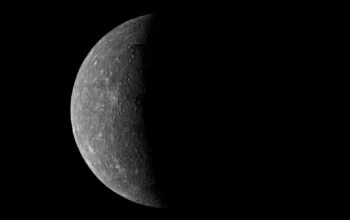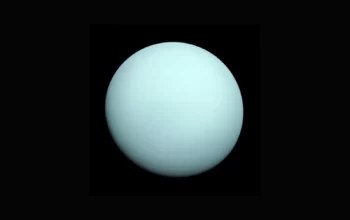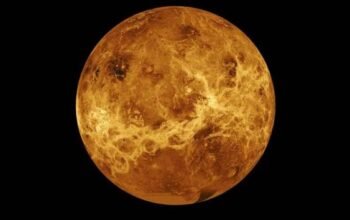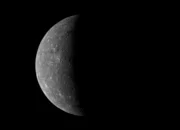middleportal.com – Have you ever wondered why some planets have thick atmospheres while others have thin ones? The answer lies in the size of the planet and its gravity. In this article, we will explore the relationship between a planet’s size and the thickness of its atmosphere.
Gravity and Atmospheric Hold
The thickness of a planet’s atmosphere is directly related to its gravity. Gravity is the force that holds everything on a planet’s surface, including its atmosphere. A planet with weaker gravity does not have as strong a hold on the molecules that make up its atmosphere as a planet with stronger gravity. As a result, the molecules in a planet with weaker gravity are more likely to escape into space, leading to a thinner atmosphere.
Size Matters
Another factor that affects the thickness of a planet’s atmosphere is its size. Larger planets tend to have thicker atmospheres compared to smaller ones. This is because larger planets have more mass and therefore stronger gravitational pull. The stronger gravity allows them to hold onto their atmospheric molecules more effectively, preventing them from escaping into space.
Temperature and Atmospheric Escape
The temperature of a planet’s atmosphere also plays a role in determining its thickness. Warmer atmospheres have higher molecular velocities, which can increase the likelihood of atmospheric escape. Planets with higher temperatures may experience more atmospheric loss compared to planets with lower temperatures.
Examples from our Solar System
Let’s take a look at some examples from our own solar system to better understand this relationship. Venus, for instance, has a thick atmosphere despite being similar in size to Earth. This is because Venus has a much higher surface temperature, which increases the molecular velocities and facilitates atmospheric escape.
On the other hand, Mars, which is smaller than Earth, has a much thinner atmosphere. Mars has weaker gravity compared to Earth, making it more difficult for the planet to hold onto its atmospheric molecules.
Conclusion
The thickness of a planet’s atmosphere depends on a combination of factors, including the planet’s size, gravity, and temperature. Larger planets with stronger gravity tend to have thicker atmospheres, while smaller planets with weaker gravity have thinner atmospheres. Additionally, the temperature of the atmosphere can also influence its thickness. Understanding these relationships can help scientists better understand the atmospheres of different planets and their potential for supporting life.

